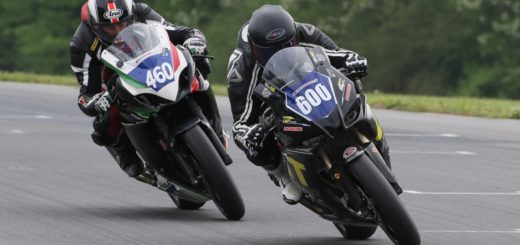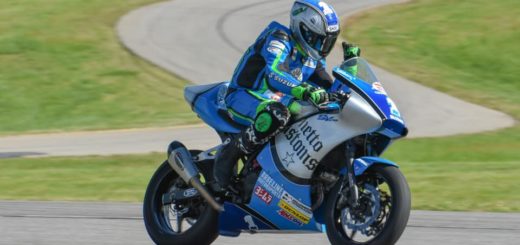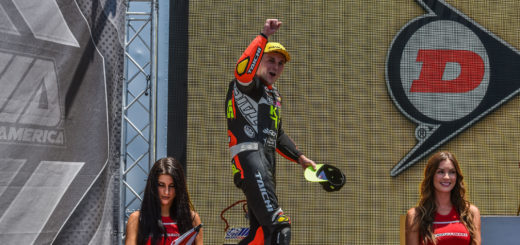What I’ve learned racing MotoAmerica Twins Cup – Part 1
This post has already been read 2154 times!
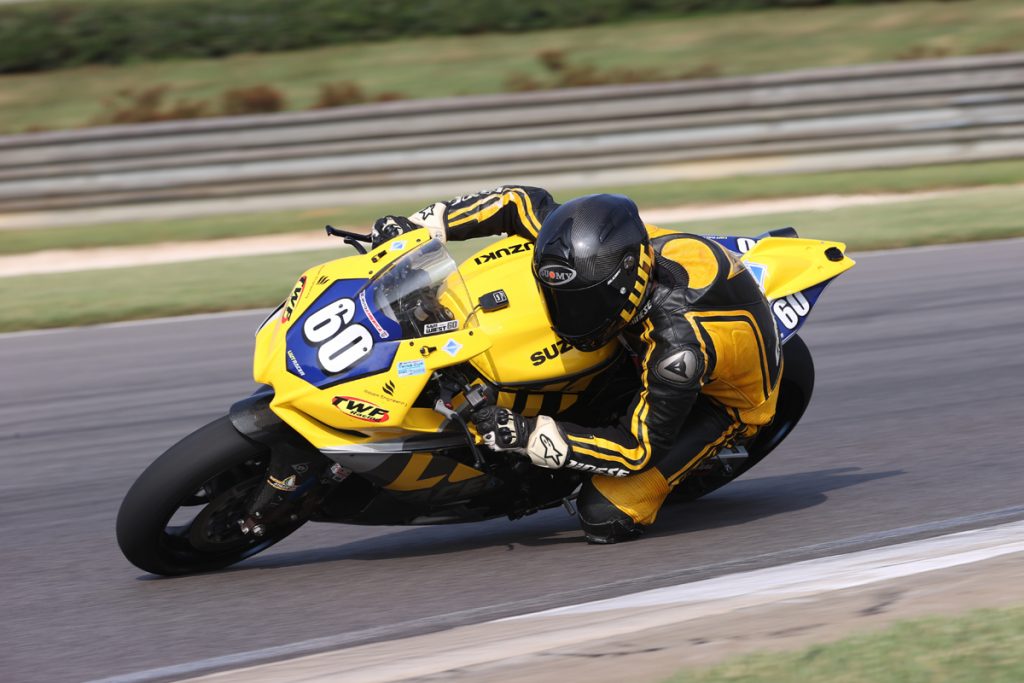
Photo By: Brian J Nelson
The most significant issue with motorcycle racing is that the progression is addictive to the H level. With any addiction, there is a cost. That cost is time, money, mental fatigue, and did I mention money? As to no surprise, racing a motorbike is not the most cost-effective lifestyle. It takes so much out of you in every possible aspect but can give it all back in a split instant. How can you multiply the severity of all that? Race at a higher level.
My club racing journey turned into 3-4 years of stagnant stale racing. The racing was fun, but it wasn’t pursuing a vastly greater speed. Somewhere in there, I lost the desire to progress as a rider and just wanted to build a better bike. Racing simply turned into laps with the same people, going the same speed, making the same passes, at the same tracks, and getting the same finishing positions.
As someone who’s main passion in racing is the lightweight twins class of machinery, racing at a higher level just wasn’t an option. In 2018, that all changed. MotoAmerica elected to add the Twins Cup class based around the lightweight twins machines my entire track life was built on. The problem in all of that was, the insane drive for progression as a rider hit the bottom of the well and my assumption was that the well was long dry. My brain was instantly drawn to have a team of riders built on bikes from my hands. While, LWT was a “team” on the club scene, that quickly revealed itself to have almost no relevance to the next level. Here is what I have learned in the slim number of rounds I’ve competing in the MotoAmerica Twins Cup.
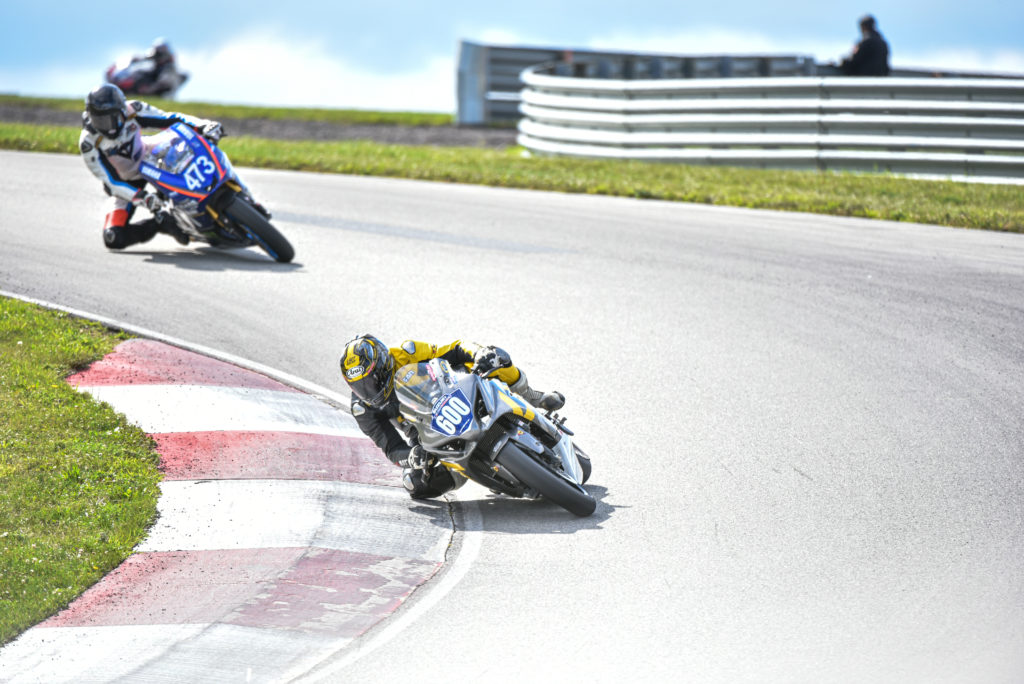
Photo By: Sara Spicer
Planning. If you think you have planned everything out well, think more and think harder because the chances are either your lack of braincells or lack of experience are going to show. In late 2017 and early 2018, my plans for a three rider LWT Racer team were stout. Riders, mechanics, and helping hands ready to go, travel routes researched, and plenty of sponsors/supports to help us along our way. In my pea sized head, I thought we had things figured out and everything would just be on me to build some motorcycles. While planning is great, what I did not plan for was the need for plan B or plan C. Before the racing even got underway, I found myself down two of the three riders. With no back up plan, I was the only back up. LWT’s first MotoAmerica outing was with two riders and only two helping hands, myself being one of the riders… not part of the plan. Two helping hands for two riders is not enough. I scrambled the few prior days to the weekend to get a bike ready. Parts borrowed off three bikes to get one bike ready that could have failed tech for multiple reasons. We got lucky as MotoAmerica was willing to budge on some of the rules (suspension and brakes) due to the small grids at the time. (2019-2020 grids are 3-4 times the size as the 2018 grids and there is no budging on rules). If you think you’re ready, you most likely aren’t. That’s why the big teams are big teams, they know what it takes to be ready.
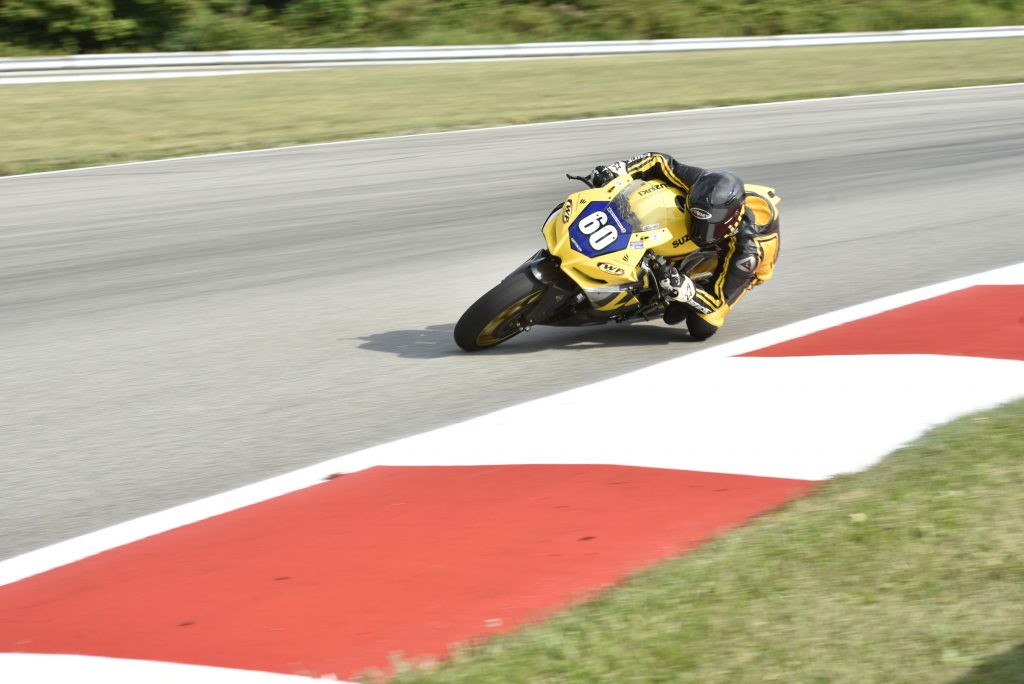
Photo By: Sara Spicer
Going to a club weekend and going to a professional weekend are just two completely different animals. You have a club race, and the bike has a small issue, skipping one sprint race at your local event is not exactly a big deal. Skipping a session at the MotoAmerica event on the other hand instantly puts you behind a proverbial 8-ball for that race or weekends to come. This is one of the greatest aspects of participating in this class at this level. There is this drive and desire by every single rider on the grid to truly push to their personal limit, go outside their comfort zone, and crash doing so. I found that at the club level, this is not the case and that it is very rare riders are actually pushing to their personal limits . The true test of this is simple as can be… lap times. Lap times are the tell all. From club weekend to club weekend, the same rider will have a massive variance in their lap times, sometimes multiple seconds slower off their person best for no reason. You don’t really see this in MotoAmerica. For me personally, I was stuck doing similar lap times weekend after weekend club racing. Thanks to MotoAmerica and the level of play produced by the other racers, I have found that I had not reached my peak. While this is both discouraging and encouraging, it’s nice to know that there is more speed to be found when you’ve assumed it’s been lost. At New Jersey MotorSports Park, a place that I’ve been going to since the track and race life first entered my life, my personal best lap times were half a decade old. I was stuck going close to the same speed week in and week out. 2019 comes along and that small little extra desire to keep up allowed me to enter the next lap time bracket, a bracket I thought was long out of reach. That feeling of relief that you’re not too old to get faster and that your skill set hasn’t reached it’s max potential is euphoric and addicting. 2020 rolls around and some how the desire grew, and the personal best went down by a full second again. What does this do? Fuels the fire of course.
For years prior to the 2019 and 2020 seasons, I had been considering giving up on the riding aspect of racing. That is no longer the case after seeing what just a small bit of motivation can do. Every little detail that goes into racing at this level (yes, I understand that we’re only talking about the pro club racing twins class in MotoAmerica) allows your brain to become more addicted to a sport that was already far too addicting. Addiction is a problem, and it doesn’t matter what that addiction is, drugs, video games, sex, or in this case, motorcycle racing. Luckily for us, we love this addiction, we feel good about it. One good lap, one good race, one good corner gets your endorphins dumping at a whole other level.
It doesn’t really matter what level racing you’ve been racing at; you can relate to this a little bit. If you are hesitant to race MotoAmerica Twins Cup because you’re afraid to not qualify based off your club racing lap times, think again because you’ll go faster than you thought you could go. If you are afraid of the cost, well maybe you shouldn’t be racing in the first place. (I’ll go over my cost for a season of MA racing in part 2, it’s really not that bad). If you are afraid of getting 20th place in MotoAmerica because you could get 2nd place at a club race instead, you’re just racing for the wrong reasons. Many of you reading this know very well that I am pointing my finger right at your sorry excuse for a face. The point of racing is to go fast (for you) and to keep improving and to keep having fun. There is no better way to have fun AND improve yourself than to come race in the MotoAmerica Twins Cup class. The experience is nothing like your club weekend, it is better in every way. Throw some legal parts on that clapped out 2nd generation SV650 of yours and grid up. Trust me when I say that you want to come race this class. Race it while you can because we do not know how much longer we will have the chance to race our lightweight twins at this level or race at all.
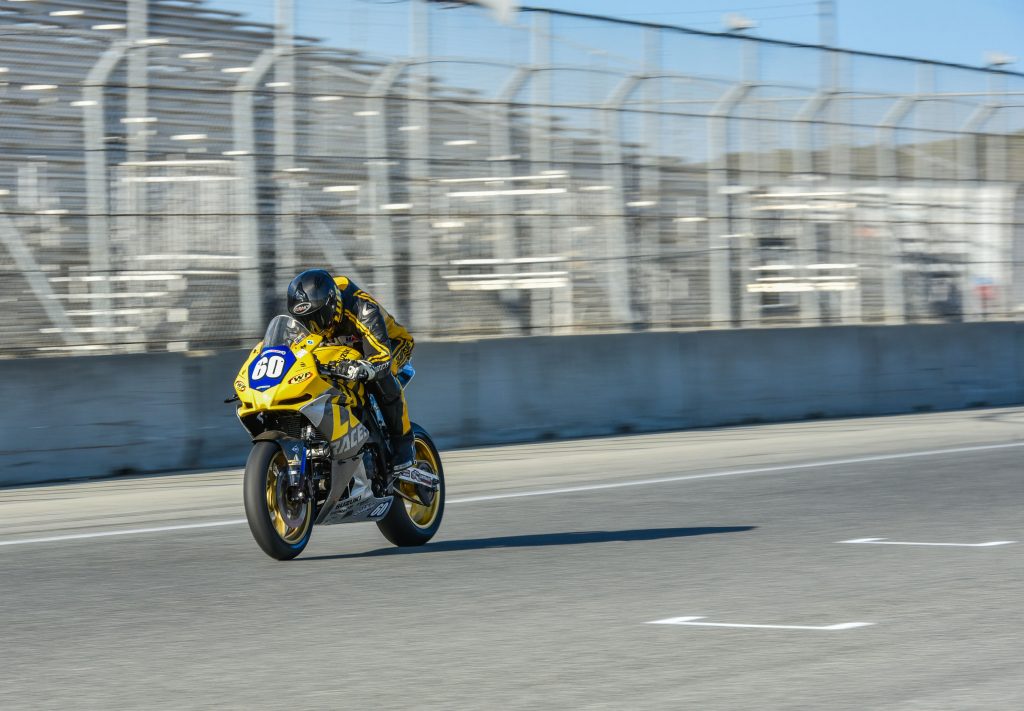
Photo By: Sara Spicer
Part 2: What I’ve learned racing MotoAmerica Twins – Part 2 – Help and Expenses – LWT RACER
This post has already been read 2154 times!

